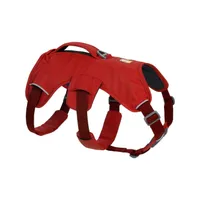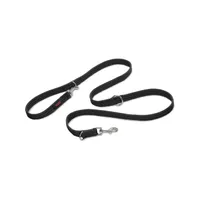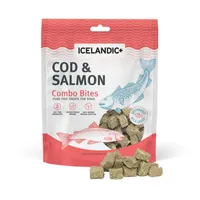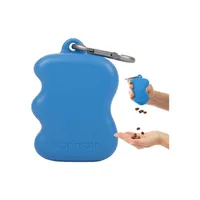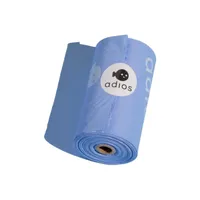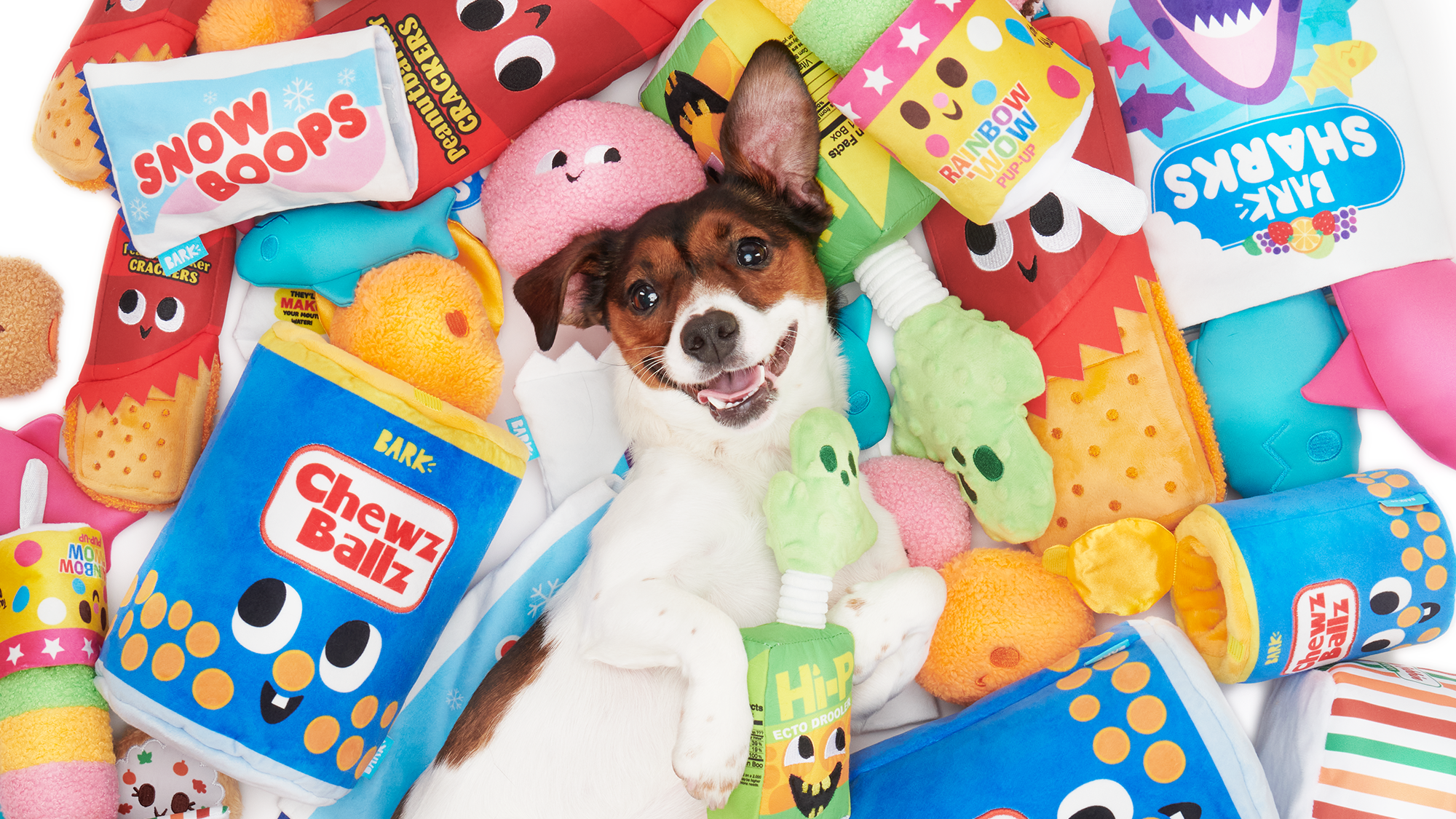Behaviorist shares 5 things she uses to train reactive dogs
Want to level up your reactivity training? Here's what you need, according to an expert
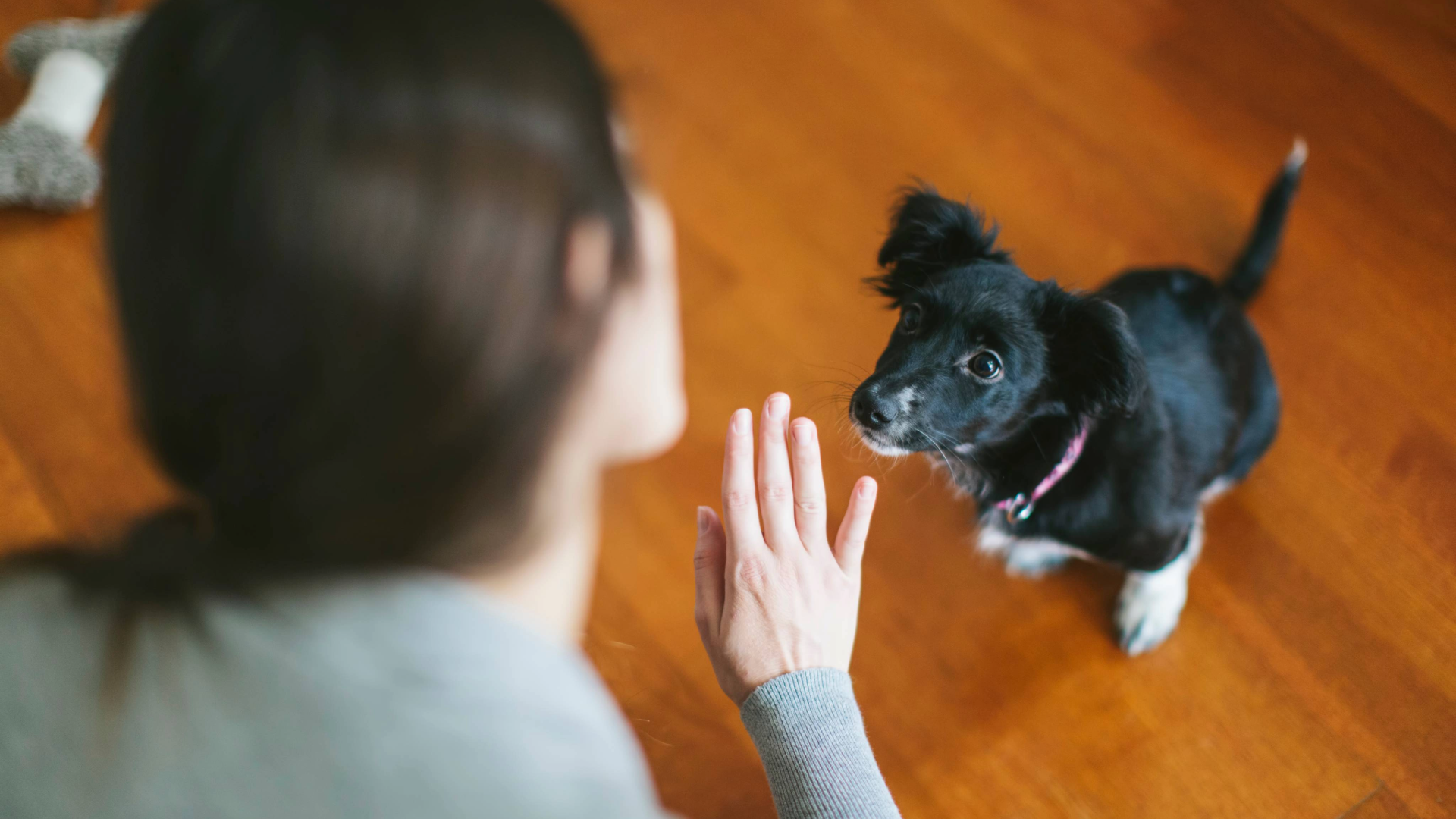
Training a reactive dog can be hard work, but having the right tools (and a bag of the best dog treats) can make the experience a whole lot easier.
Reactive dogs overreact to certain stimuli in their environment – whether it’s barking at vehicles, lunging at other dogs, or growling at groups of people. These responses might seem like the dog is simply aggressive, but they’re usually linked to anxiety and caused by fear, a lack of socialization or training, insecurity, or trauma.
If you're just getting started on your reactivity training journey (or have struggled to make much progress), you'll find a list of training essentials below, which come recommended by Rachel Rodgers, Head of Training and Behavior at Napo Pet Insurance.
What products can assist with reactivity training?
Here’s everything you need to make reactivity training easier – from specialized training leashes to handy treat pouches – all tried and approved by Rachel.
She says: "Ultimately, successful reactivity training is about changing how your dog feels, not just how they behave. These products help support that process safely and positively."
1. Y-shaped harness with a front D-ring
First things first, you'll want to invest in the best dog harness – one that's well-fitting, Y-shaped, and has a D-ring on the front. According to Rachel, these styles offer full shoulder movement and help reduce the risk of injury.
She adds: "The key feature is the front D-ring, which can be used with a double-ended leash for greater control, especially when needing to gently guide your dog away from a trigger.”
Get the best advice, tips and top tech for your beloved Pets
Ruffwear Web Master Harness | Amazon
This high-quality harness is one of Rachel's top picks, featuring foam padding for comfort and reflective strips for safety. It also has a Y-shaped front, a D-ring clip, and adjustable straps for a custom fit.
2. Double-ended leash
There are lots of benefits to using a double-ended leash – it gives you extra control, makes it easier to redirect your dog's movement, and lets you adjust the length or attach it to two points on the harness.
Rachel says, "The front attachment acts as a pivot point, making it easier to turn your dog away from distractions or triggers if needed.”
Note: Some double-ended leashes come with a head collar, but this isn't something Rachel recommends.
Halti Training Leash | Amazon
This multi-functional leash can be used in seven different ways – whether you're practicing recall with the long length, using the short length for heel training or fancy going hands-free altogether.
3. High-value training treats
To build positive associations with their trigger, reward your dog with a high-value treat whenever they come across it – regardless of how they react. Rachel says that food can be really helpful in reactivity training, and this process will help change their emotional response over time.
She says: "These treats should be used consistently whenever your dog sees another dog or a known trigger – even if they’re just looking. Over time, this builds a positive conditioned emotional response, helping your dog feel safer and more relaxed. Think hot dog, chicken, and cheese! Reactivity training isn't the place for boring kibble.”
Icelandic+ Grain-Free Cod & Salmon Combo Bites | Amazon
These grain-free bites are high in protein and free from additives, containing just two ingredients: cod and salmon. Our tester, Mike, gave them to his dog Rocky, who prefers them over any training treats he’s had before.
4. High-quality treat pouch
When it comes to building positive associations, you need to act quickly so your dog can connect the reward with the trigger. That's where a treat pouch comes in handy – it lets you access treats faster than fumbling around in your bag or pockets.
She says: "A good treat pouch allows you to quickly and easily access high-value treats (such as chicken, cheese, or hot dogs) with one hand. Look for one with a waterproof, washable lining – moist treats are often messy!"
Squeezable Dog Treat Pouch | Amazon
This pouch makes it easy to dispense treats quickly on the go – simply squeeze the sides, and the treats will fall out the bottom into your hand. It has a clip for attaching to your belt or bag and is made from food-grade silicone that’s easy to wash.
5. Poo bags
This might seem irrelevant to reactivity training, but Rachel says that having reliable poo bags is essential, as many reactive dogs have looser stools caused by stress. There's nothing worse than running out of poo bags – or having them split – so make sure you have plenty of durable ones to hand.
Adios Compostable Dog Poop Bags | Amazon
These poo bags are 100% compostable and made from non-genetically modified cornstarch. They’re easy to open, come in a range of pretty colors, and have Rachel’s stamp of approval.
Training tools to avoid
Now you know what can help, what about the things to avoid? Rachel warns against using any equipment that could tighten or cause discomfort to your dog, including head halters or figure-of-eight leashes.
She says: "These can worsen reactivity by adding negative associations to the presence of triggers – for example, another dog appears and the equipment tightens, which leads to increased fear or frustration."
Want more training tips? Read these three common mistakes you should never make with a reactive dog, and how to calm a reactive dog
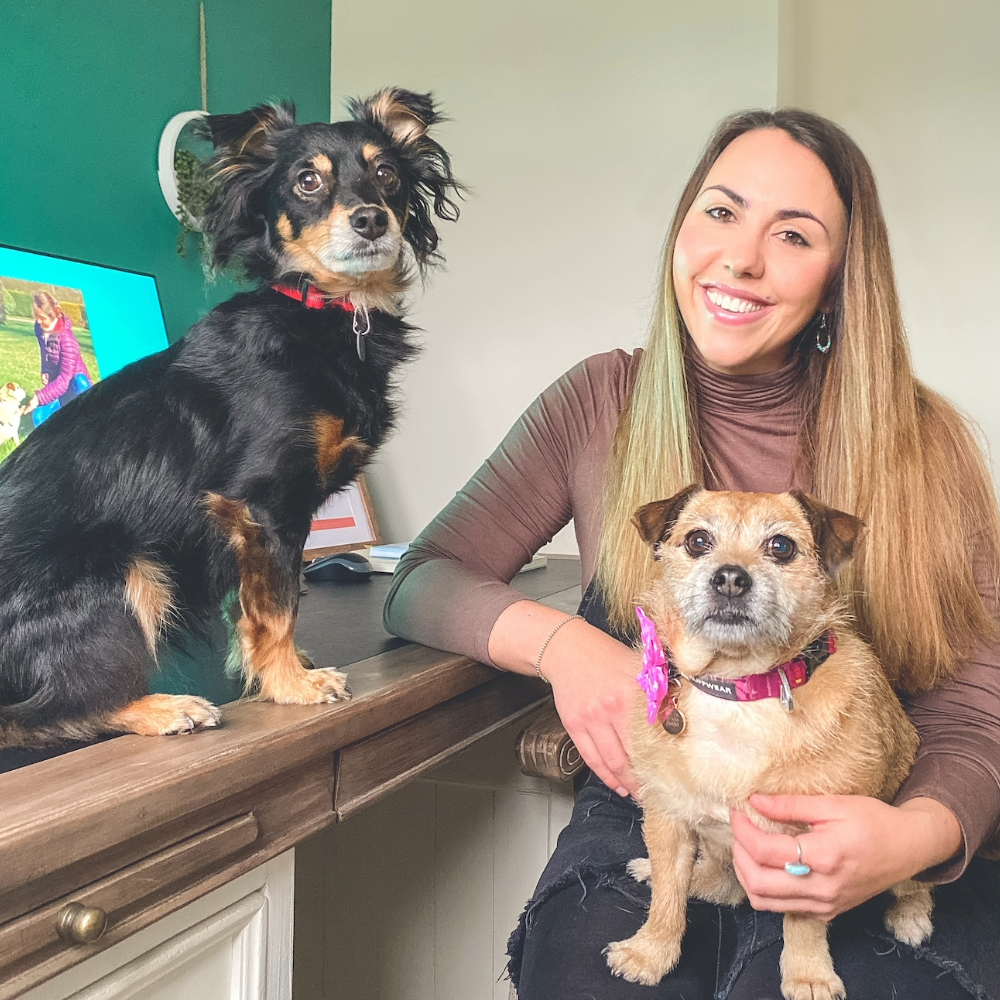
Rachel Rodgers is the Head of Training and Behavior at Napo Pet Insurance, where she plays a leading role in supporting and educating new owners during those crucial early stages of pet ownership. An accredited clinical animal behaviorist (ABTC, APBC, and PACT), Rachel brings a wealth of expertise and compassion to her work. She has been recognized across the industry for her outstanding contributions, and was named Clinical Animal Behaviorist of the Year in both 2023 and 2024 by the LUXlife Awards, and Dog Trainer of the Year from 2020 to 2024 by the North England Prestige Awards. With a strong reputation for both practical training and behavioral insight, Rachel and Napo are dedicated to helping pets and their parents build positive, lasting bonds.
Edited by Georgia Guerin and Alexis De Leaver.
This page was last updated in July 2025 by Megan Milstead.

Megan is a Staff Writer at PetsRadar, covering features, reviews, deals, and buying guides. She has a wealth of experience caring for animals, having grown up with dogs, cats, horses, guinea pigs, and more throughout her life. She studied BA Journalism at the University of Westminster, where she specialized in lifestyle journalism and was editor of Smoke Radio’s lifestyle website. Megan works alongside qualified vets and accredited trainers to ensure you get the best advice possible. She is passionate about finding accurate and helpful answers to your pet-related questions.
